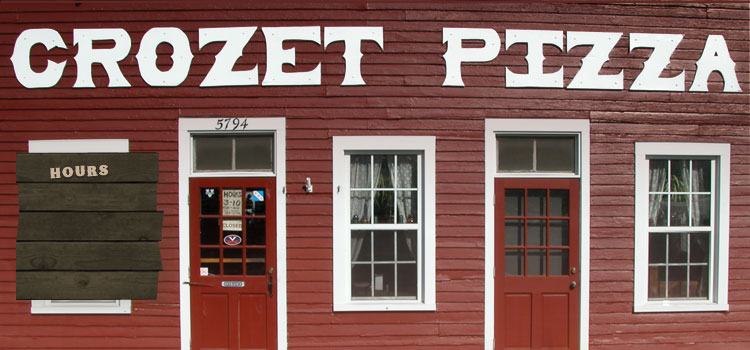This is an amazing story, and I find it mighty cool that we have these nuns in our presence.
Read the whole story by Lindsey Nair with the Roanoke Times.
By the time Sister Smickel arrives at the barn that morning, Sister DeFeo and Sister Jan McCoy are already bustling about, pasteurizing the 6,200 pounds of fresh, Grade A milk that arrived from a nearby Mennonite farm the day before.
If all goes as planned, this cheese-making day should yield about 310 2-pound rounds of Gouda.
“You start with an ocean of milk and at the end of the day you have all of these little cheeses,” Sister Smickel said. “It is very satisfying.”
For pasteurization, the milk is brought to 145 degrees for a half-hour in a stainless steel tank. It is then chilled to 88 degrees before being moved to the cheese vat, which looks like a huge bathtub.
Sister Kay Kettenhofen adds cultures to the milk, then starts the big mechanized paddles, which slowly stir from one end of the vat to the other, sending the milk rocking dangerously close to the edge.
Thirty minutes later, the paddles are stopped and removed and Sister Kettenhofen adds rennet, a coagulating agent that will make the milk set up and become cheese. This is the moment of truth, Sister Smickel said, when they all hold their breath and pray the cheese will behave.
Because they do not make cheese every week of the year (holidays, feast days and other obligations permit breaks), this is just the 545th batch of Gouda made at the Crozet monastery.
“We have never had a bad batch,” Sister Smickel said. “We are very careful. That is a lot of milk to throw away.”
…
As she works, she muses, “I never met a cheese I didn’t like.”

